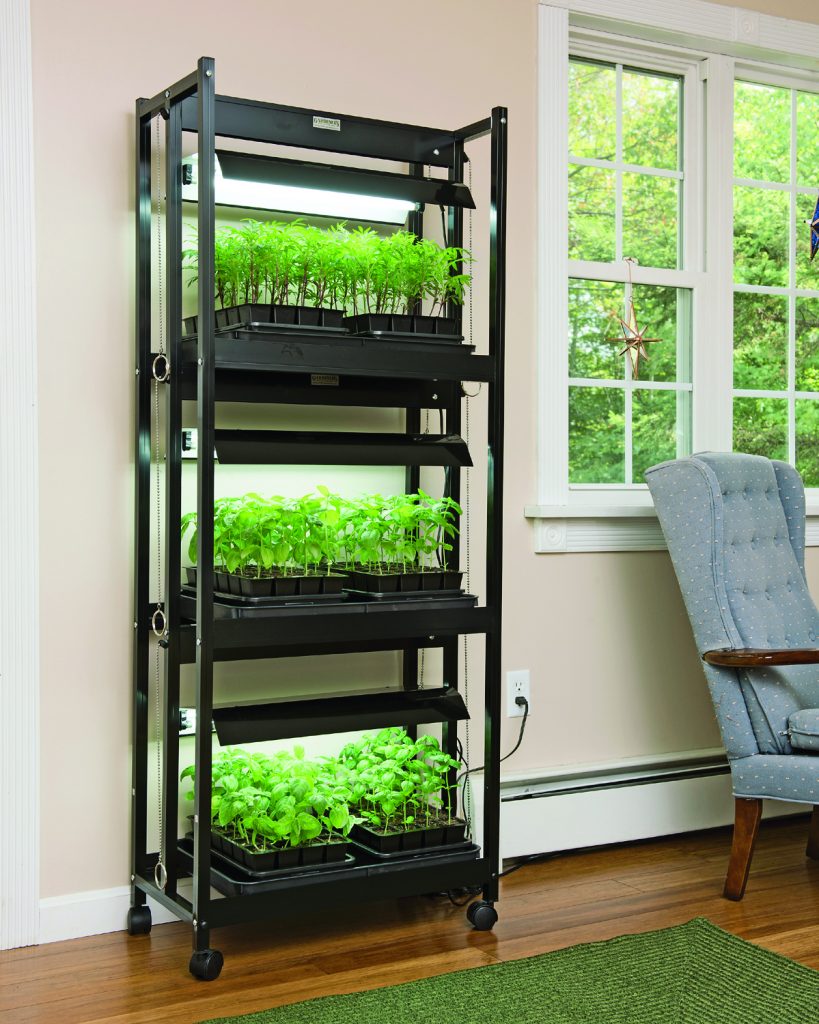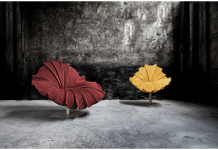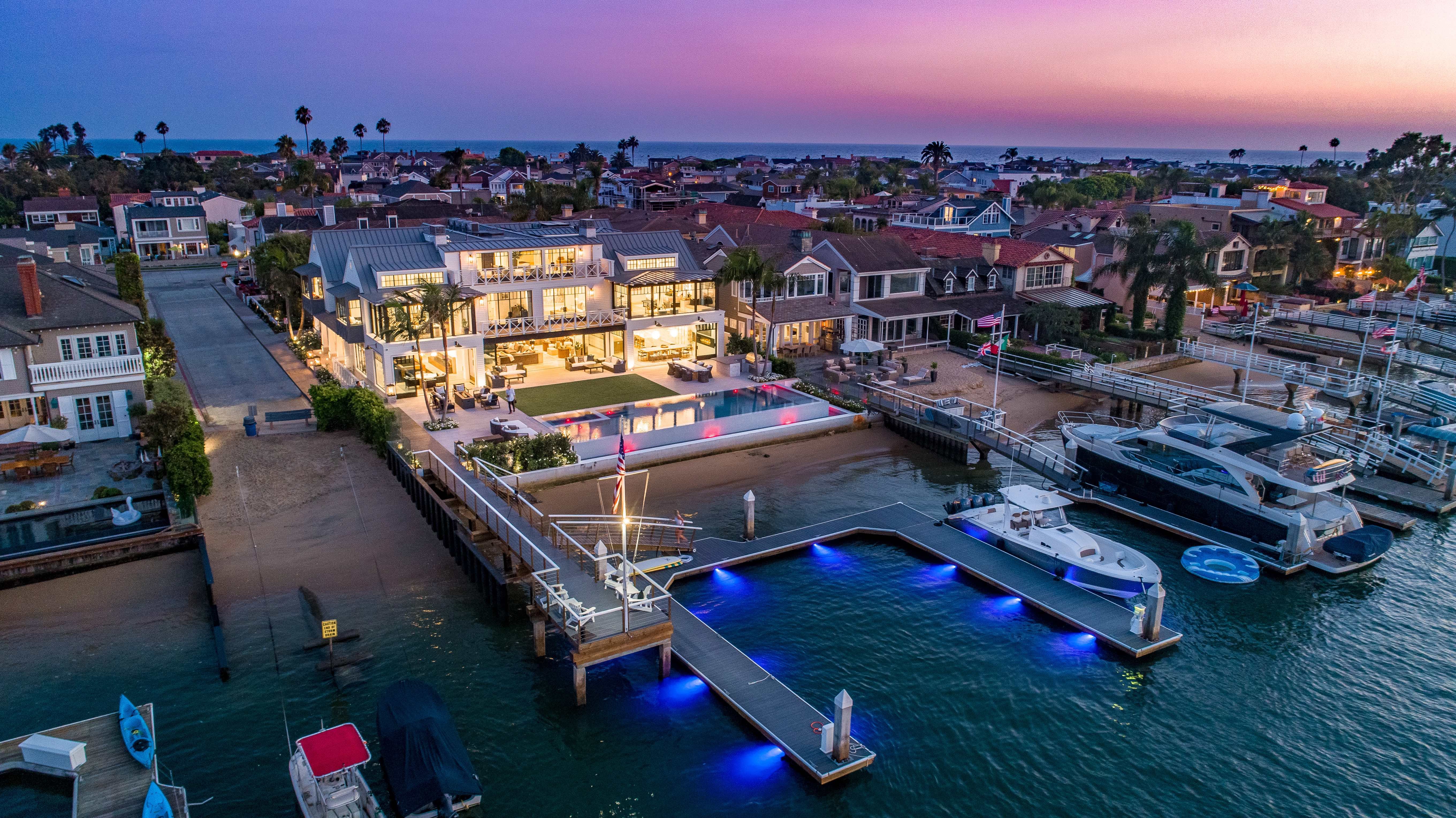 It’s time to break out the seeds and potting mix to start your garden plants indoors. It’s a great way to keep your green thumb in shape over winter. Plus, you’ll save money, increase your variety of plants and jump start the growing season when you start seeds under LED grow lights.
It’s time to break out the seeds and potting mix to start your garden plants indoors. It’s a great way to keep your green thumb in shape over winter. Plus, you’ll save money, increase your variety of plants and jump start the growing season when you start seeds under LED grow lights.
Indoor growing conditions often offer limited light and that can mean tall leggy transplants with weak stems. You can greatly increase your success by investing in quality grow lights. Adding artificial light to your seed starting regime results in stout transplants with strong stems and deep green leaves.
Invest wisely when shopping for indoor plant lights. Fluorescent tubes used to be the standard because they provided a wide spectrum of light needed for plant growth and flowering, were relatively inexpensive and readily available. Unfortunately, they used significant amounts of electricity and needed to be replaced every few years. Then many gardeners shifted to full spectrum fluorescent grow lights. Many last longer than the older and larger fluorescent tubes, but new LED grow lights (gardeners.com) provide even better light intensity with much less energy.
If you’ve looked at LED lights in the past, you may have suffered sticker shock. Fortunately, the prices have dropped. And if you consider LED plant lights typically use half the energy of fluorescent tubes, provide consistent light quality and last up to five times longer, the longterm savings outweighs the initial investment. Plus, they’re mercuryfree and won’t add contaminates to landfills.
When replacing fluorescent tubes with LED grow lights, look for compatibility. Some of the newer LED grow lights are compatible with existing T-5 light setups. You just replace the bulb, not your whole lighting system.
You will get the most out of your investment and grow better transplants with proper use. Move seedlings under lights as soon as they start breaking through the soil surface. Keep the lights about six inches above the top of seedlings. This means you’ll need to raise the lights or lower the plants as the seedlings grow. Make your own light stand using adjustable supports to raise and lower lights as needed. Use a reflector above grow light tubes to direct the light downward toward the plants. Bounce light back onto seedlings by using reflective surfaces under and around the plants. Even easier, invest in a quality grow light stand like the SunLite® Garden.
Set the lights on a timer. Seedlings need about 14 to 16 hours of light. Plants do need a dark period, so running the lights longer wastes electricity and is not good for the plants. If you are using grow lights to supplement natural daylight, you may only need to run the lights a few hours a day. Monitor plant growth and increase the duration if plants appear leggy or pale.
Increased light along with proper watering, fertilizer and growing temperatures will ensure you have a bumper crop of transplants for your gardens and containers.
By Melinda Myers
Melinda Myers has written more than 20 gardening books, including “Small Space Gardening.” She contributes to Birds & Blooms magazine and was commissioned by Gardener’s Supply to write this article. Myers’s web site is www.melindamyers. com.



